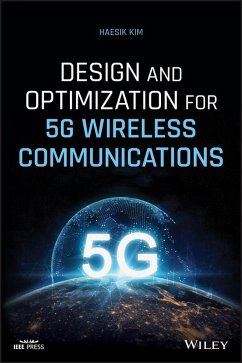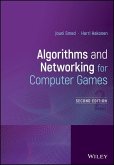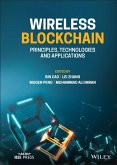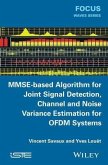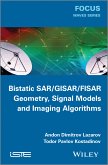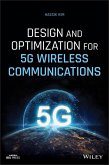This book offers a technical background to the design and optimization of wireless communication systems, covering optimization algorithms for wireless and 5G communication systems design. The book introduces the design and optimization systems which target capacity, latency, and connection density; including Enhanced Mobile Broadband Communication (eMBB), Ultra-Reliable and Low Latency Communication (URLL), and Massive Machine Type Communication (mMTC). The book is organized into two distinct parts: Part I, mathematical methods and optimization algorithms for wireless communications are introduced, providing the reader with the required mathematical background. In Part II, 5G communication systems are designed and optimized using the mathematical methods and optimization algorithms.
Dieser Download kann aus rechtlichen Gründen nur mit Rechnungsadresse in A, B, BG, CY, CZ, D, DK, EW, E, FIN, F, GR, HR, H, IRL, I, LT, L, LR, M, NL, PL, P, R, S, SLO, SK ausgeliefert werden.
Hinweis: Dieser Artikel kann nur an eine deutsche Lieferadresse ausgeliefert werden.

